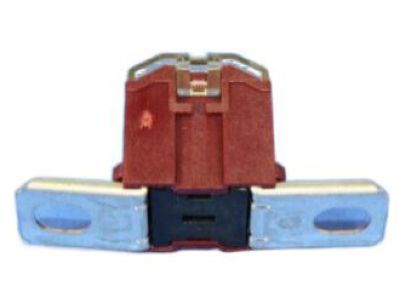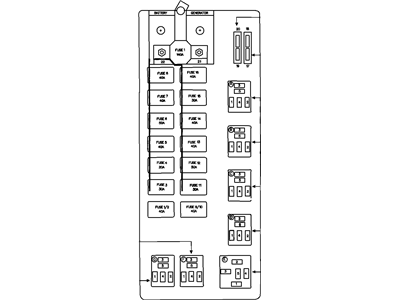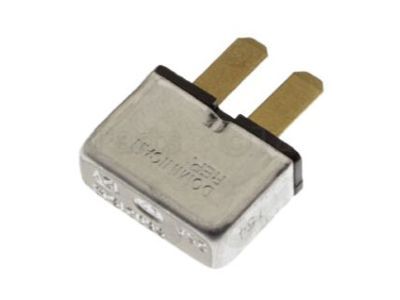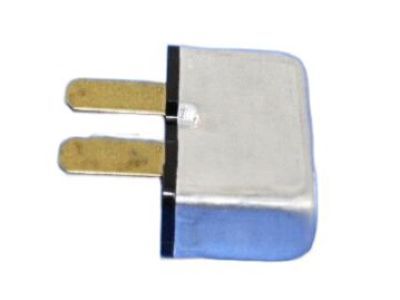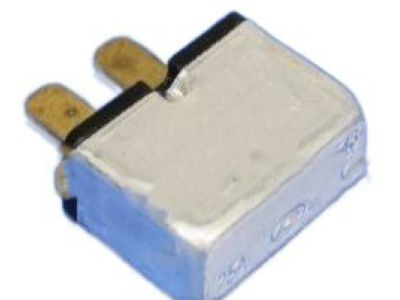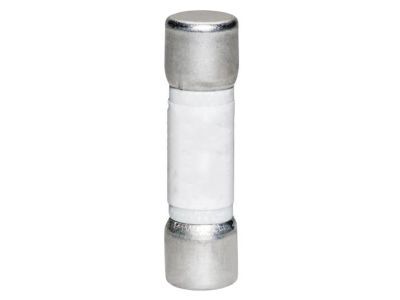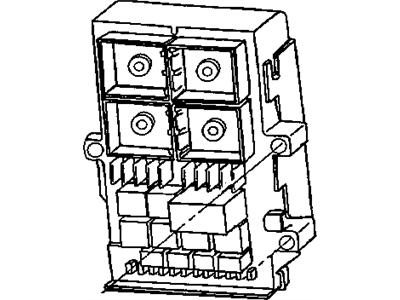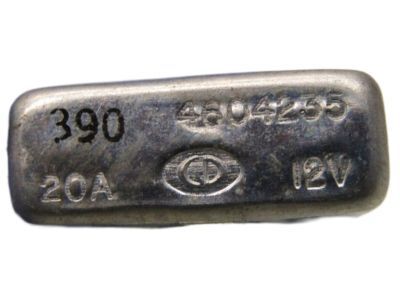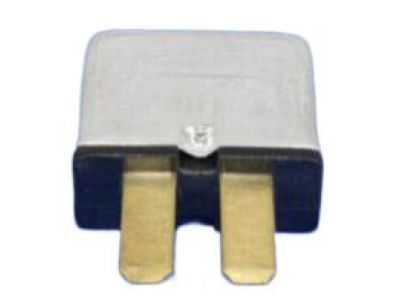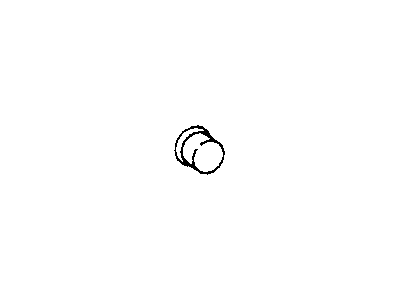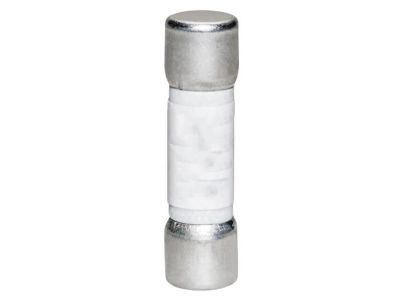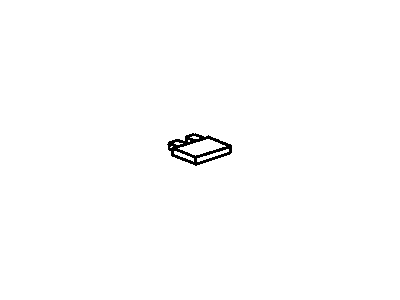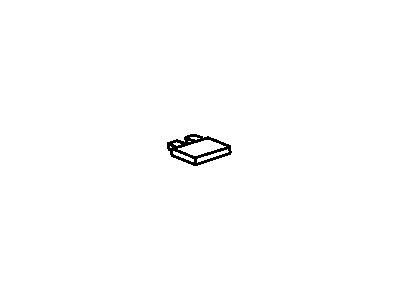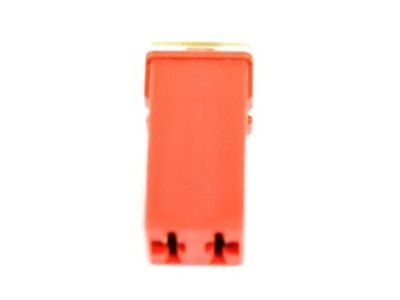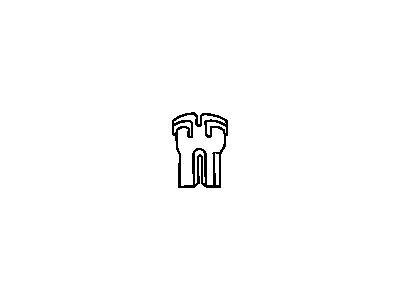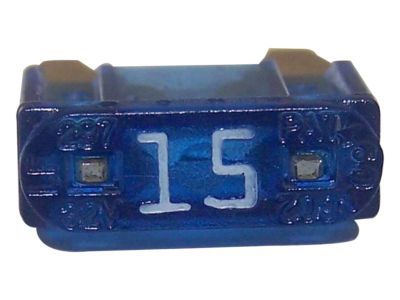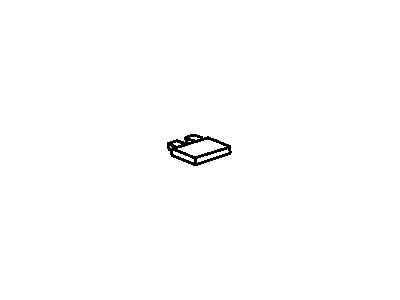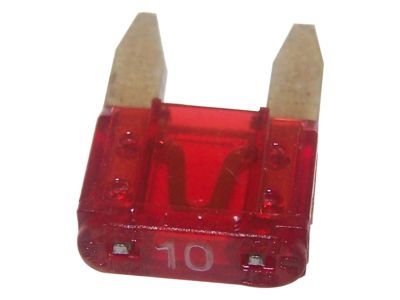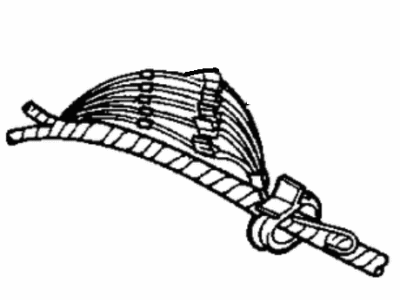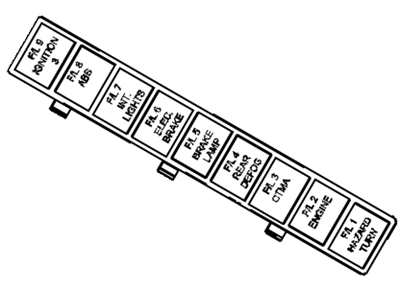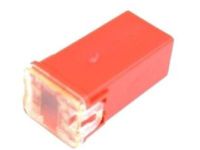
My Garage
My Account
Cart
Genuine Dodge Dakota Fuse
Circuit Fuse- Select Vehicle by Model
- Select Vehicle by VIN
Select Vehicle by Model
orMake
Model
Year
Select Vehicle by VIN
For the most accurate results, select vehicle by your VIN (Vehicle Identification Number).
16 Fuses found
Dodge Dakota Fuse
Looking for affordable and high-quality auto parts? Then you have already arrived at the proper online shop. We offer all Dodge Dakota Fuse at great affordable prices. Moreover, all genuine Dodge Dakota Fuse come with a manufacturer's warranty. In the long run, you would realize you have saved a lot of trouble and money with OEM parts from here.
Dodge Dakota Fuse Parts Questions & Experts Answers
- Q: How are the electrical circuits safeguarded, and what should be considered when replacing fuses and fusible links on Dodge Dakota?A:The electrical circuits of the car are protected by a number of fuses and Relays and the boxes with them are installed in the engine compartment on the left side. Durango models feature two boxes: the Power Distribution Center and the Integrated Power Module, and Dakota models' have just a central box. There are small reference cards for fuses and relays on the interior surface of the cover, and there's a Junction Block inside the car at the back of the left kick panel, which you can access through a door. Every fuse is designed to protect an individual circuit, labeled on the fuse panel, and with available sizes like 'mini' and 'maxi'; the maxi types can be pulled off manually but the mini ones require a tool, usually pliers or a fuse puller. If there is a failure in an electrical component, one should always check the fuse; one can use a test light to be sure that there is current at the terminal ends; a fuse can be seen if it has blown. Blown fuses must be replaced with the correct type, if fuses of wrong ratings are used; protection offered would be insufficient. If a replaced fuse breaks as soon as possible then there must be a short circuit as the result of bad cables connecting the circuit, and remedy should be sought to avoid having to replace fuses. Also, there is a fusible link connecting the battery and the alternator to prevent wiring from getting damaged under conditions of high current flow. To replace a fusible link, the negative battery cable has to be disconnected, and before inserting a new link, an overload that caused it to blow should be determined.


